Downsides to under cabinet hood?
saeyedoc
9 years ago
Featured Answer
Sort by:Oldest
Comments (11)
saeyedoc
9 years agoRelated Professionals
Corcoran Kitchen & Bathroom Designers · Roselle Kitchen & Bathroom Designers · Town 'n' Country Kitchen & Bathroom Designers · Beverly Hills Kitchen & Bathroom Remodelers · Brentwood Kitchen & Bathroom Remodelers · Cocoa Beach Kitchen & Bathroom Remodelers · Hunters Creek Kitchen & Bathroom Remodelers · Overland Park Kitchen & Bathroom Remodelers · San Juan Capistrano Kitchen & Bathroom Remodelers · Shaker Heights Kitchen & Bathroom Remodelers · Plant City Kitchen & Bathroom Remodelers · North Chicago Kitchen & Bathroom Remodelers · Eureka Cabinets & Cabinetry · Whitney Cabinets & Cabinetry · Wells Branch Cabinets & Cabinetrysaeyedoc
9 years agoweedmeister
9 years agosaeyedoc
9 years agosaeyedoc
9 years agokaseki
9 years agosaeyedoc
9 years agokaseki
9 years agozackin
9 years agosaeyedoc
9 years ago
Related Stories
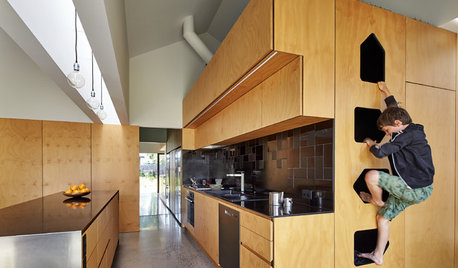
MOST POPULARKitchens Down Under: 20 Design Ideas to Inspire You
These popular Australian kitchens have exciting ideas to borrow no matter where you live
Full Story
KITCHEN DESIGNHow to Choose the Right Hood Fan for Your Kitchen
Keep your kitchen clean and your home's air fresh by understanding all the options for ventilating via a hood fan
Full Story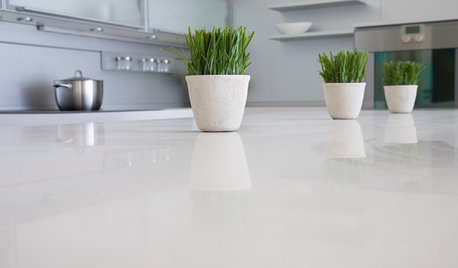
KITCHEN DESIGNKitchen Counters: Stunning, Easy-Care Engineered Quartz
There's a lot to like about this durable blend of quartz and resin for kitchen countertops, and the downsides are minimal
Full Story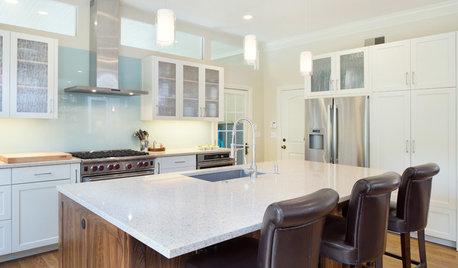
KITCHEN DESIGNModern Storage and Sunshine Scare Away the Monster in a Kansas Kitchen
New windows and all-white cabinetry lighten a kitchen that was once dominated by an oversize range hood and inefficient cabinets
Full Story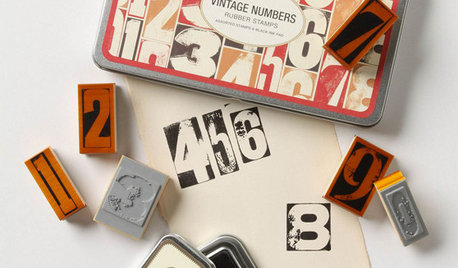
50 Great Gifts Under $50
Our favorite budget-minded holiday gifts for the design lovers on your list
Full Story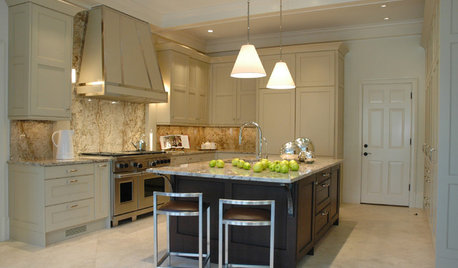
KITCHEN DESIGN8 Industrial-Luxe Kitchen Hood Styles
Make a Statement with Show-Stopping Metal Range Hoods
Full Story
KITCHEN DESIGNWhat to Know When Choosing a Range Hood
Find out the types of kitchen range hoods available and the options for customized units
Full Story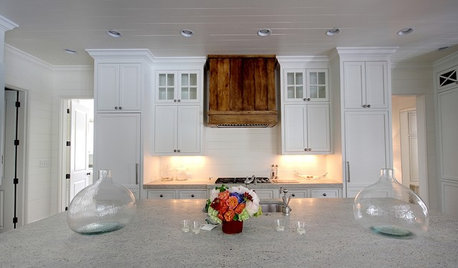
KITCHEN DESIGNWood Range Hoods Naturally Fit Kitchen Style
Bring warmth and beauty into the heart of your home with a range hood crafted from nature's bounty
Full Story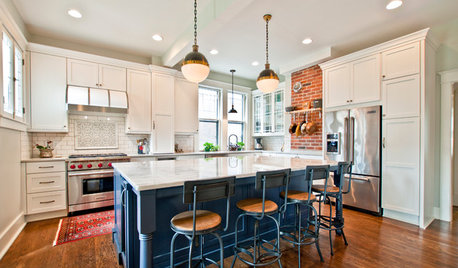
KITCHEN DESIGNKitchen Combo to Try: Neutral Cabinets, Different-Colored Island
Avoid a too-sterile look and establish a focal point with a contrasting island hue
Full Story






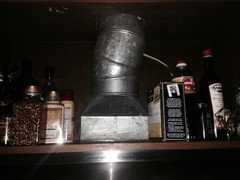

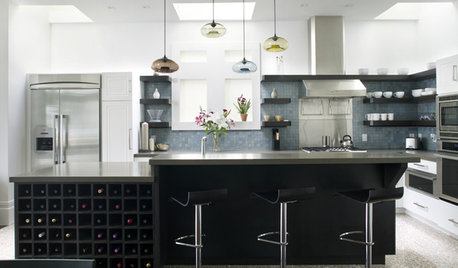


kaseki